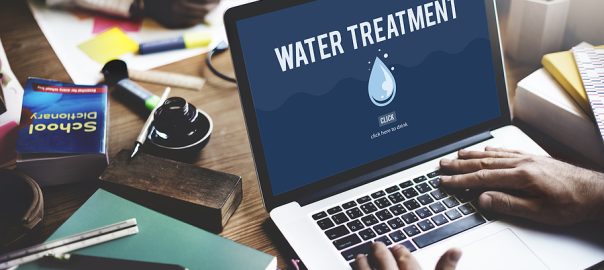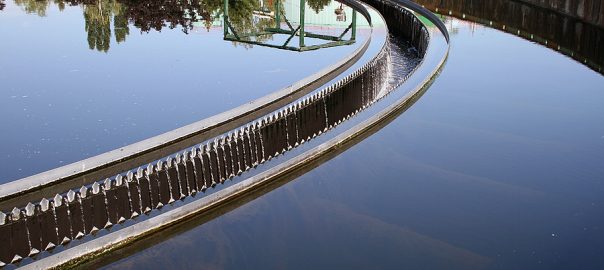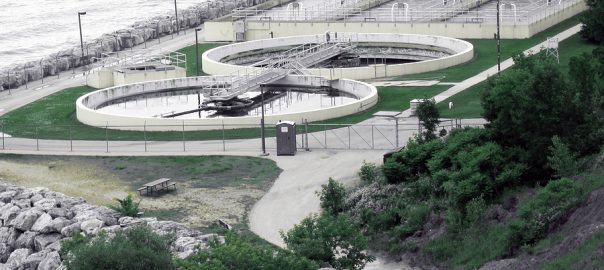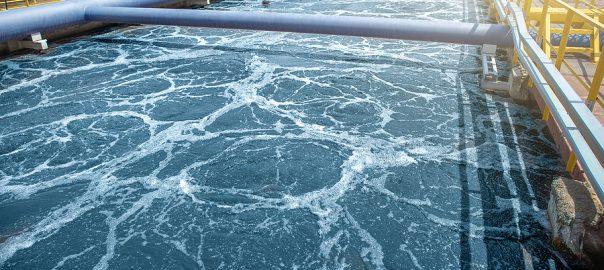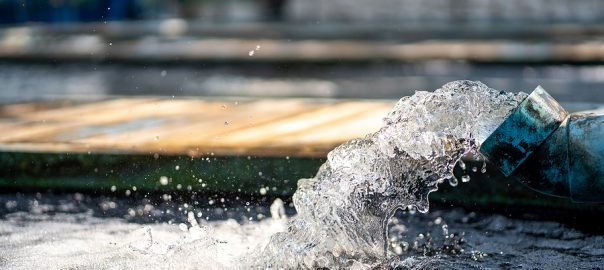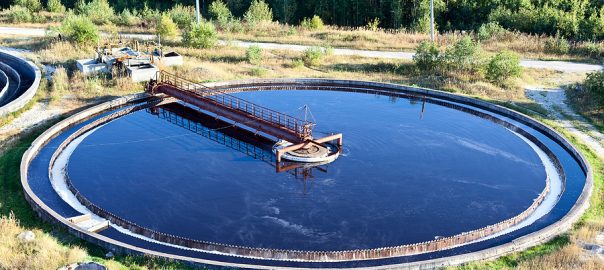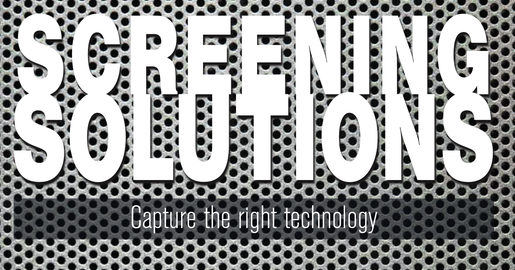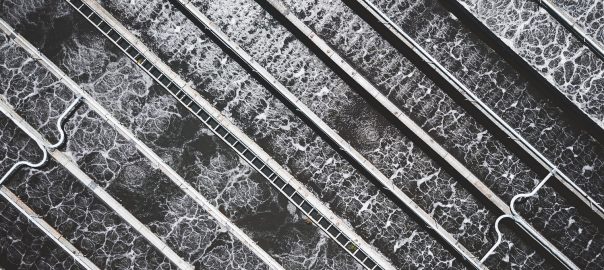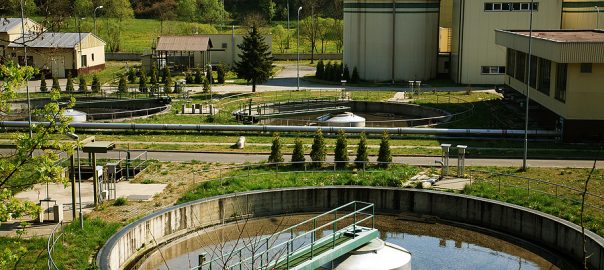
Clarifiers play an important role in wastewater treatment, but they also use a lot of energy. Primary and secondary stages consume the most electricity in a plant. If you stop and think about the fact that 25% to 40% of a wastewater treatment plant’s annual budget covers annual electricity bills, the importance of energy efficiency is clear.
It’s estimated that the nation’s plants use around 30 terawatt hours of electricity combined. That accounted for around $2 billion. Finding ways to cut costs is important for the environment and the people in your district. Rising costs put a strain on household budgets, so people don’t want to hear their water bills are skyrocketing as well.
A Quick Look at How Wastewater Treatment Is Handled
Take a closer look at the basics of a wastewater treatment plant. Plants often have different needs based on the businesses and residential homes in the municipality. A plant that accepts septage needs to have a place for trucks to pump out their trucks after pumping out a residential or business septic tank. A city wastewater treatment plant in an industrial area will have other requirements. All of this determines the best wastewater treatment plant design and equipment. The processes are similar, however.
Wastewater enters a treatment plant and goes through two key stages, primary and secondary treatments. Sometimes, a tertiary treatment is added to help chemicals kill harmful bacteria.
In the primary stage, solids settle and are pumped out as sludge. Screens remove other solids like plastic wrappers, applicators, baby wipes, sticks, etc., and those materials are removed to containers to go to landfills, incinerators, or compost facilities. The main steps in primary treatment are:
- Screening/trash rakes
- Grit removal
- Sedimentation/clarification
After this, the wastewater enters secondary treatment. In the secondary stage, wastewater goes through a biological process to further break down materials and purify the wastewater until it’s safe enough to send to a water treatment plant that prepares the water for household use or is released to a lake, stream, or other body of water.
It’s filtered through trickling filters or enters tanks for the activated sludge process. It’s aerated and sludge settles and is returned to the start of that process. The remaining water travels into a sedimentation tank or clarifier and may undergo chemical disinfection in a third stage. That chlorine will be reduced to safe levels before it’s released.
Because some plants have to deal with heavy metals, PCBs, and other pollutants, other steps may be required. Some components in a wastewater treatment plant use the flow of the water to move things from one point to the next, but other components require a lot of electricity. Plus, you have the lighting, heat, cooling, and computers within a plant adding to the energy consumption.
Why Do Clarifiers Drive Up Energy Costs?
If you’re looking specifically at some of the equipment that accounts for the majority of a plant’s electricity consumption, clarifiers are on the list. What makes them consume a lot of energy?
Water enters a clarifying tank to travel in a circular motion, similar to a whirlpool flow. However, the tank has hydraulic scrapers that help push sludge to the center where it is pumped out. Pumps and scrapers run around the clock to rid the wastewater of as much sludge as possible, so the energy use is constant.
At the same time, scum collects on the surface. Scum consists of lightweight, floating materials like foam and fats, oils, and grease (FOG). This scum is removed by a race skimmer that continually circles the surface and pushes the scum to the “scum pipe” where it’s removed. Again, a motorized skimmer runs continually, which also increases energy consumption.
There’s another problem with an inefficient clarifier. Not only does it consume a lot of energy, but that energy increases greenhouse emissions, which isn’t ideal. Plus, you might find your plant struggling to keep up with the demand as new homes and businesses go up. Many plants are already at 81% capacity or worse. About 15% have exceeded or reached maximum capacity. An efficient plant solves that problem.
How Can You Improve the Energy Usage of Primary and Secondary Clarifiers and Your Plant?
Once you’ve pinpointed what equipment runs constant and consumes the most energy, you can start looking for ways to increase energy efficiency in your wastewater treatment plant.
Upgrade older equipment:
One of the first steps is to look at the age of your mixers and pumps. Older equipment is going to use more energy.
With eyes looking for ways to make mechanical and electrical equipment as energy-efficient as possible, newer pumps and mixers consume less energy while doing the same work. Plus, newer pumps and mixers require less maintenance and repair, so you’ll also save money on those expenses.
It’s worth looking into any grants or energy-efficiency tax credits you gain by upgrading your wastewater equipment. Even a low-interest loan for energy-efficient upgrades becomes a great way to lower your operating costs.
If you’re working with older equipment, it’s a good time to research high-efficiency clarifier designs. Dissolved air floatation systems remove FOG, suspended solids, and metals well, but it does require training. Invest in your employees as it will pay off in the long run.
Variable speed drives on your facility’s pumps and mixers also ease the strain and energy consumption by scaling back when wastewater flow rates decrease and ramping back up when they pick up again, usually in the morning when people are getting ready for school or work.
Maintain and inspect equipment on a schedule:
Ensure your equipment is maintained and repaired before a small problem turns into a major one. Set up a routine for maintenance around your treatment plant and make sure the tasks on that list are completed on schedule.
Automate your plant:
Do you use a SCADA system that allows computer analytics to monitor wastewater treatment processes and flow rates? Computer systems can adjust equipment without needing someone right there. SCADA automates pumps, valves, filtration systems, UV lighting if that’s used in your plant’s disinfection process, chemical levels, tank levels, and flow rates. The SCADA system can alert the appropriate person if there’s an issue.
Look into renewable energy:
Finally, look into renewable energy sources like wind power and solar power. Even the methane produced during wastewater treatment is a viable energy source for powering your plant and heating your buildings.
Work with a professional in wastewater treatment equipment:
Arrange a consultation with experts in energy-efficient wastewater treatment plant designs and equipment. If you’re looking for cost-effective ways to make clarification energy efficient, Lakeside Equipment can help.
Our company has been in the business for close to 100 years, and our engineers and designers are experts in saving money on energy consumption. Lakeside Equipment offers several different clarifiers to match our clients’ needs. We’re happy to help you figure out how to make improvements that fit your budget and plant needs.

